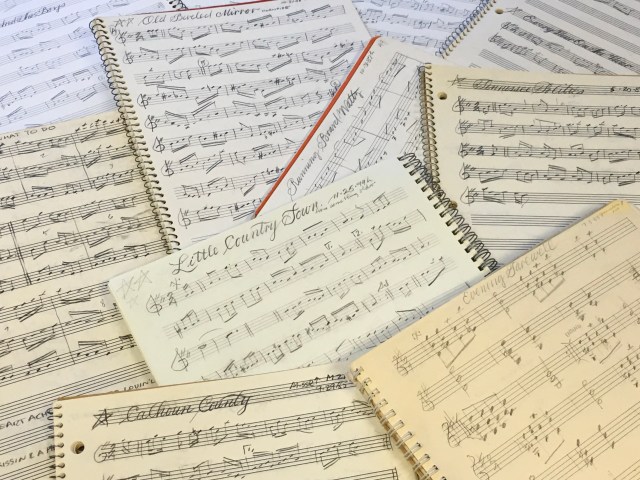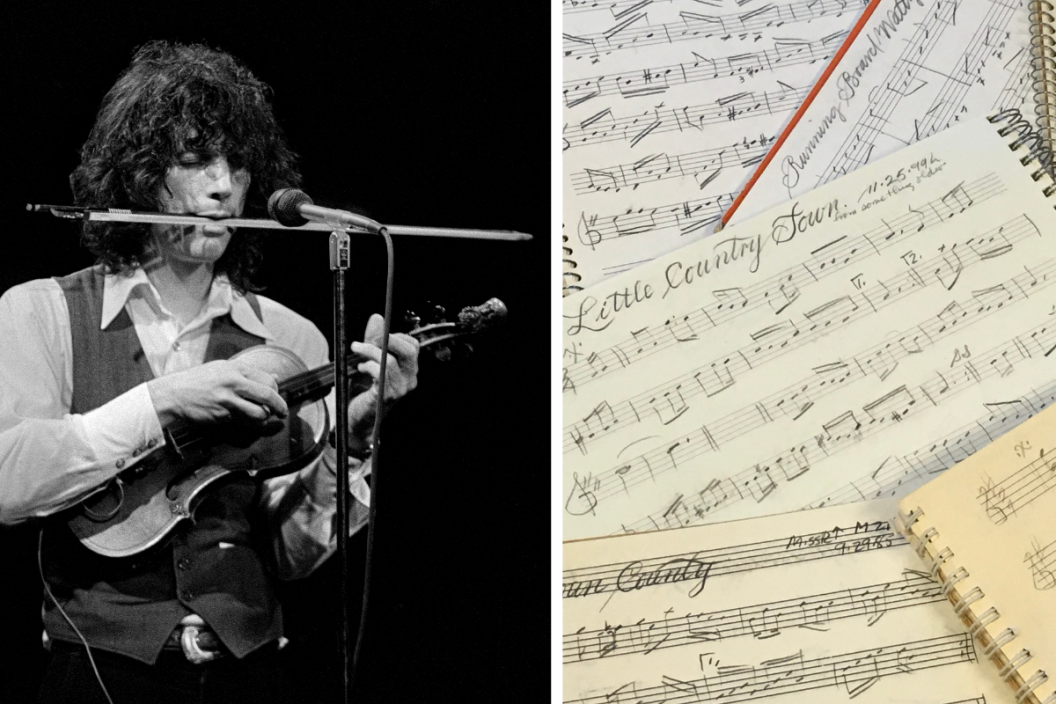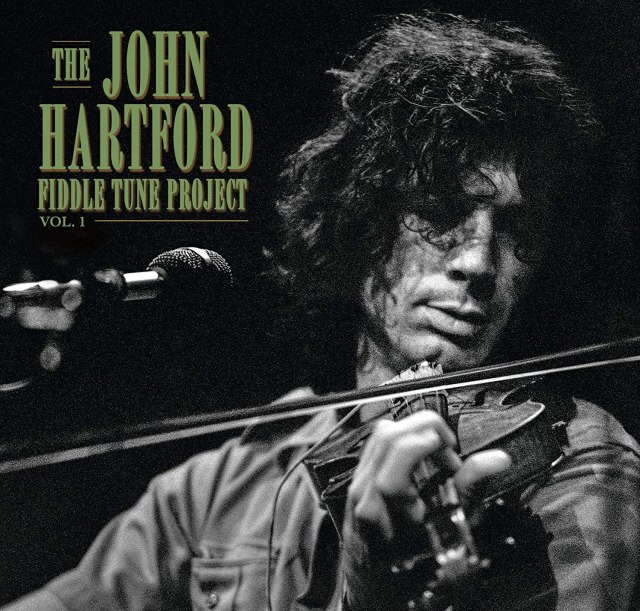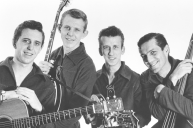Throughout his lifetime, John Hartford was known as many things: an expert musician who mastered the fiddle and the banjo, a pioneer of "Newgrass," a once-in-a-lifetime songwriter who penned "Gentle On My Mind," and a riverboat pilot with a knowledge of the Mississippi River to rival Mark Twain.
Hartford's regularity on the Smothers Brothers Comedy Hour and the Glen Campbell Good Time Hour made him a familiar face years before he would become a central part of the O Brother Where Art Thou soundtrack, which played a significant role in reviving interest in bluegrass and roots music.
Sadly, Hartford passed away from cancer in 2001, just a year after the O Brother Where Are Thou soundtrack took the Americana world by storm. But Hartford's prolific knowledge of music couldn't be contained in one lifetime. After his death, Hartford's daughter, Katie Hartford Hogue, found over 2,000 original, hand-written fiddle tune charts in file cabinets in a storage unit. She set out to take what Hartford left behind to honor her father and connect with many of the musicians he inspired.
"Dad was a massive collector. [He collected] music history. He did research on different musicians — especially fiddle players, but all bluegrass musicians. He just had loads of vinyl and CDs and research," Hogue tells Wide Open Country. "Of course, he was also a riverboat pilot so he had all of the research on the river. He had amassed this huge archive and all of that had been sitting in storage for several years."
The John Hartford Fiddle Tune Project: Vol. 1
The result is the John Hartford Fiddle Tune Project: Vol 1, which earned a 2021 Grammy nomination for Best Bluegrass Album of the Year.
He was like this spout of creativity that was turned on at full blast.
"We just slowly started going through boxes. And of course there was a lot of sadness. At the same time, we were far enough away kind of be able to embrace that and to think 'Okay, what is this? What does this mean?' We didn't really even know we had. We also knew we couldn't keep it all in our house," Hogue says.
While poring over pages and pages of music, Hogue discovered that her father had been keeping a journal of fiddle tunes.
"It was like putting together a puzzle, solving a mystery of 'what is this,'" Hogue said. "He had always wanted to learn to write music because he had all this stuff going on in his head — all these tunes that he would come up with in his head...Dad was obsessive if nothing else. He was like this spout of creativity that was turned on at full blast."
Read More: How 'O Brother, Where Art Thou?' Made America Fall Back in Love with Bluegrass
Hartford's notes were first archived in the 2018 book John Hartford's Mammoth Collection of Fiddle Tunes, featuring music, stories, drawings and more from Hartford's endlessly creative mind. But the next step was to get Hartford's sheet music in the hands of artists.

Katie Hartford Hogue
Nashville-based fiddler Matt Combs used Hartfords' journals and notes to compile resources for what would become The John Hartford Fiddle Tune Project: Vol 1 (produced by Combs and executive produced by Hogue), featuring Brittany Haas, Megan Lynch Chowning, Tim O'Brien, Shad Cobb, Forrest and Kate Lee O'Connor, Ronnie McCoury, Sierra Hull, Mike Compton, Tristan Scroggins, Dominick Leslie, Jan Fabricius, Noam Pikelny, Alison Brown, Mark Howard, Chris Eldridge, Rachel Combs, Chris Sharp, Jordan Tice, Dennis Crouch, Paul Kowert, Mike Bub, and Kristin Andreassen.
Hogue says she gave each of the musicians a copy of John Hartford's Mammoth Collection of Fiddle Tunes, allowing them to interpret the songs on their own.
"We would say 'Read it, see what inspires you, and then bring that into the studio and put it through your filter,'" Hogue says. "Dad put his inspiration into his journals, but then he also had the music that he recorded that was inspiring. And that inspiration coming through other people and those people turning around and taking his published music and interpreting it with the inspiration that he gave them — it seems like kind of a full circle type of thing."
From hours of cassette tape recordings to the 3x5 note cards he carried in his vest pocket, Hartford left behind a multitude of resources for artists and fans ("The thing about dad is he wrote everything down," Hogue says), but his dedication to archiving everything also allowed Hogue to get to know a new side of her father.
"It was very revealing. I felt like, because I didn't grow up in the same household as my dad —my parents split when I was very young and I lived with my mom — it was almost like going back and revisiting this relationship and realizing that we had a lot more in common than we realized," Hogues says. "These are the things that I never thought to talk to him about and he never thought to talk to me about. But now, posthumously, there's this connection there. It was very healing, even though it was hard going through all of that...I feel like I know him so much better."
With an artistry largely before his time, the reverence for Hartford has only grown since his death. Hogue says she thinks her father would be humbled by the continued love for his music.
"I always felt like he appreciated when people liked his music because it was validating. He was really going out on a limb with a lot of the stuff he did. He was studying these old time fiddlers when mainstream music really didn't have any interest in that," Hogue says. "Aereo-plain was a commercial flop when it came out. Warner Bros. didn't know what to do with it and they dropped it. It became kind of an underground cult classic, but mainstream music didn't know what to do with it... I think he would feel very humbled and just validated that maybe he was onto something. I think it just took time for people to come around."
The 63rd Annual Grammy Awards will air on Sunday, March 14 on CBS.
Now Watch: Willie Nelson's Children Are Carrying On His Legacy






